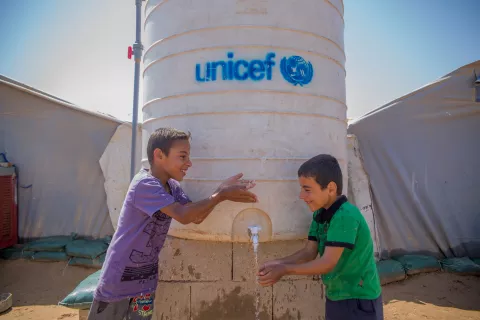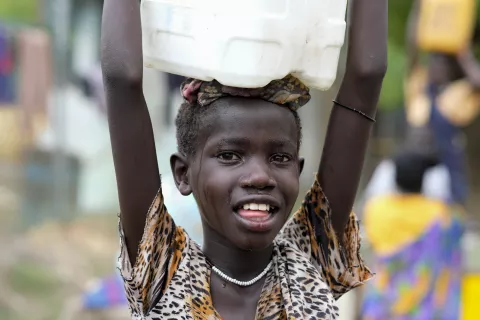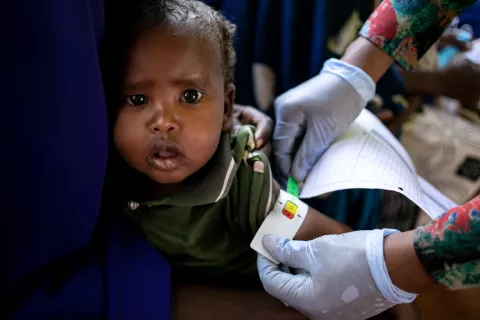10 things you didn't know about water
How unsafe water, sanitation and hygiene puts children at risk.
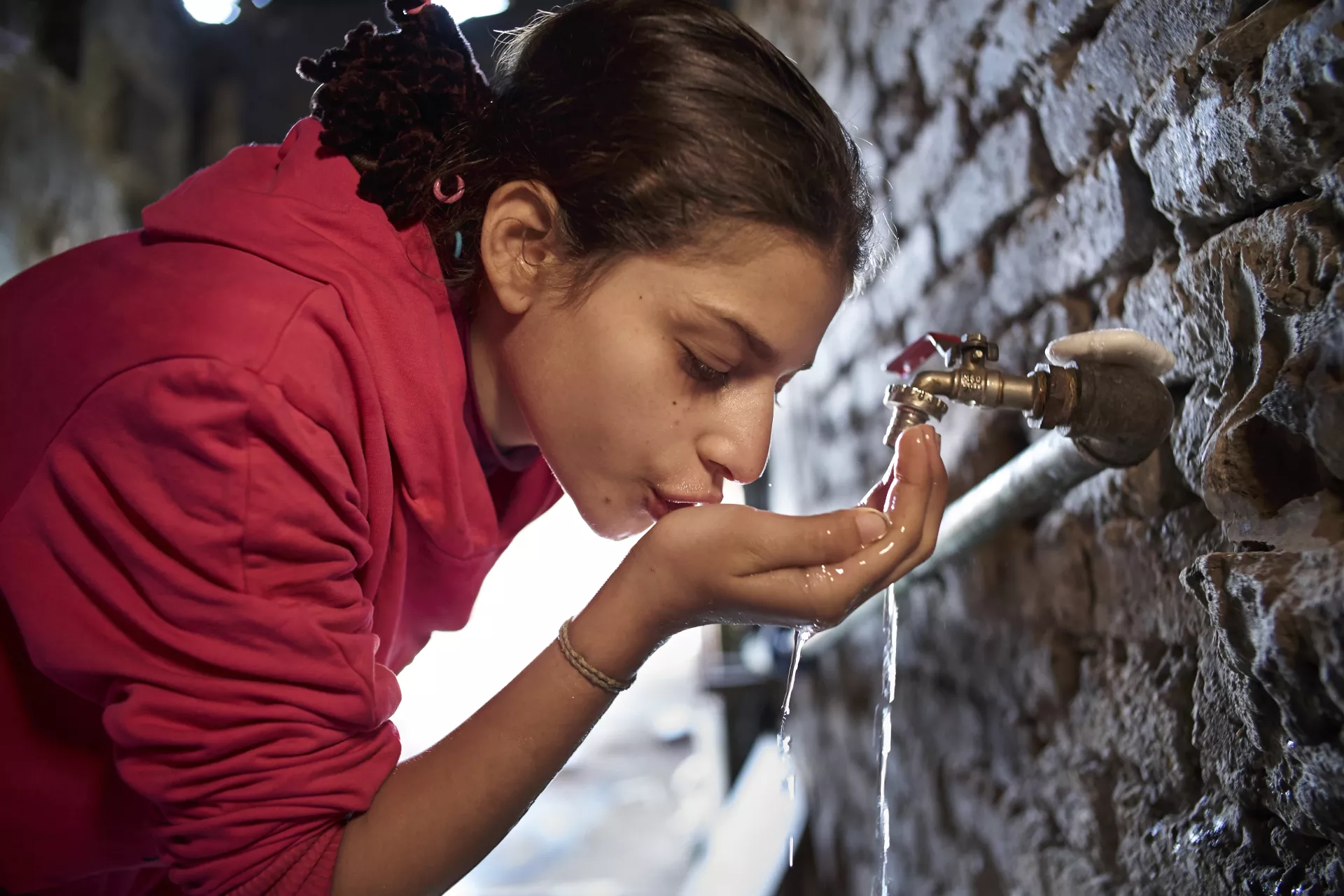
Most people know that you can’t survive without water. But the truth is slightly more nuanced. You need more than just water – you need SAFE water.
You also need safe toilets to keep the environment clean, and as well as soap and water to stop the spread of disease.
Find out more about why safe water, sanitation and hygiene are so important:
1. There is a water crisis and it’s happening now.
2.2 billion people still do not have access to safely managed drinking water.
2. Water needs to be more than clean, it must be “safely managed”.
Safely managed water means having water at home (on premises), whenever needed, and free from contamination.
3. Without safely managed sanitation, diseases spread rapidly.
3.6 billion people – nearly half of the world – do not have access to safely managed sanitation, meaning a toilet that separates human waste from contact, and a system to ensure that the waste is safely disposed of.
4. Open defecation is one of the clearest signs of inequality.
494 million people practice open defecation, meaning they go out on the side of the road, in fields or bushes.
5. Children are most at risk.
Every day, over 1000 children under 5 die from diseases linked to unsafe water, sanitation and hygiene, which also kills 1.4 million people every year.
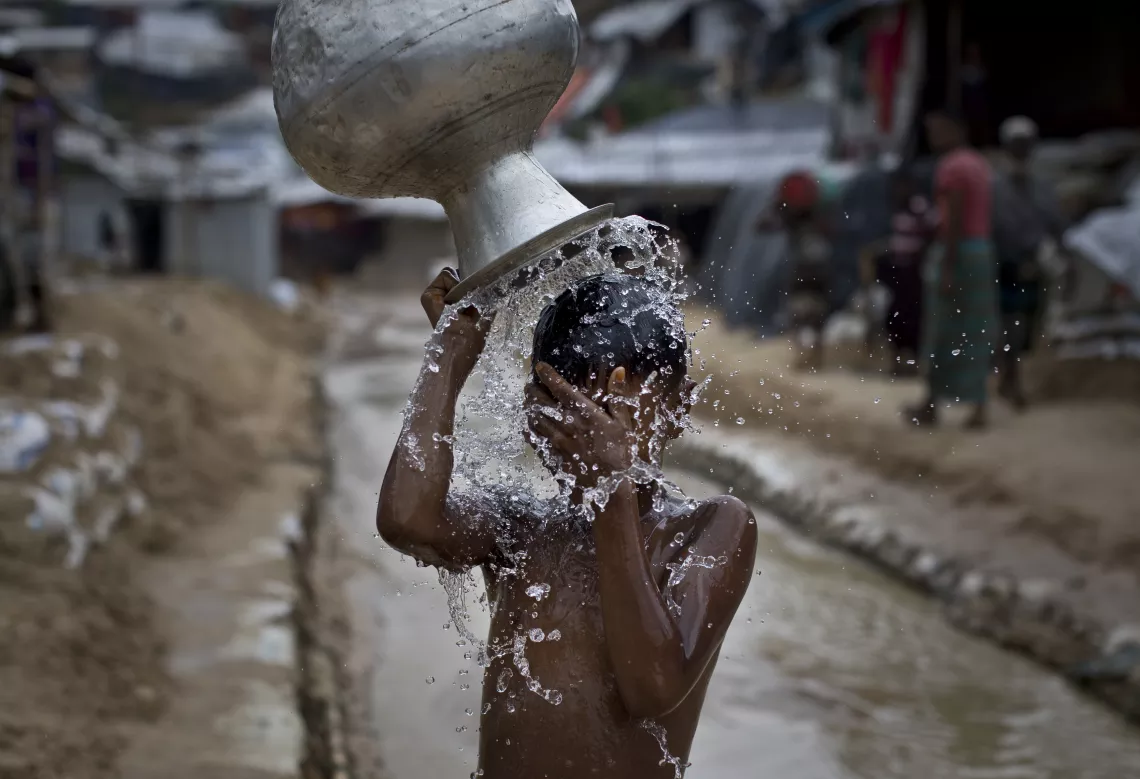
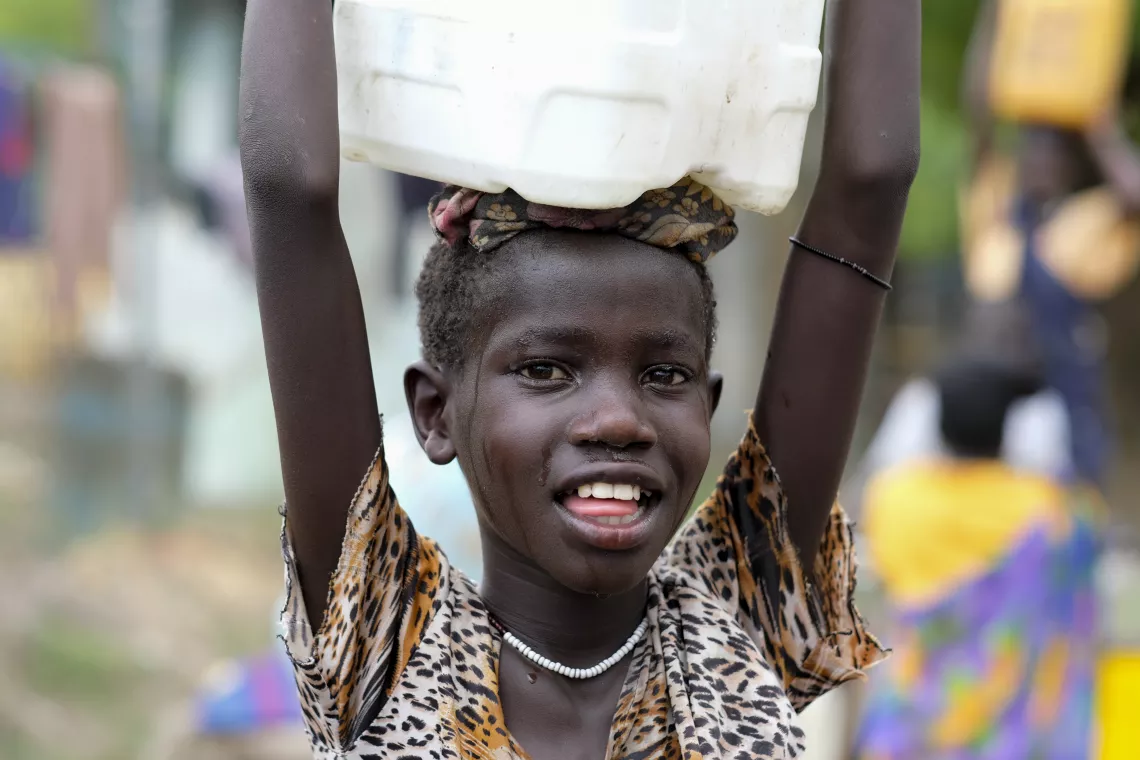
6. Babies are being born in dirty conditions.
In the world’s least developed countries, 16.6 million women give birth in health centres with inadequate water, sanitation and hygiene – putting them at risk of infection, disease and death.
7. Preventing diseases isn’t as easy as it should be.
Handwashing with soap and water is one of the simplest and most effective ways to prevent the spread of disease. But 2.3 billion people still don’t have basic handwashing facilities with soap and water at home. That’s nearly a third of the world’s population.
8. Climate change is making it worse.
The changing climate is destroying, drying up and contaminating water sources. In 2022, 436 million children were living in areas with high or extremely high water vulnerability, which is being exacerbated by climate change.
9. Rural populations are the most disadvantaged.
8 out of 10 people who lack even basic drinking water live in rural areas. Two-thirds of people who lack even basic sanitation live in rural areas. 9 out of 10 people who practice open defecation live in rural areas.
10. We must do more.
The world is not on track to meet the Sustainable Development Goal 6: access to safe water, sanitation and hygiene for all. UNICEF calls for greater political prioritization and increased funding to improve household access to water, sanitation and hygiene, targeting communities most at risk.

